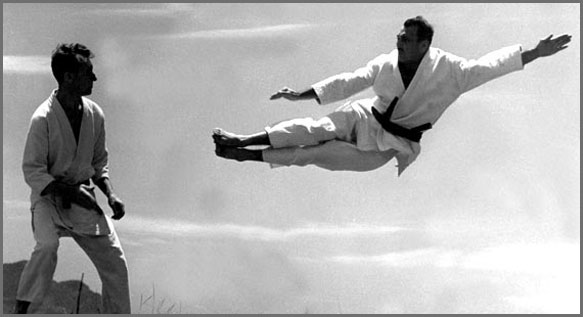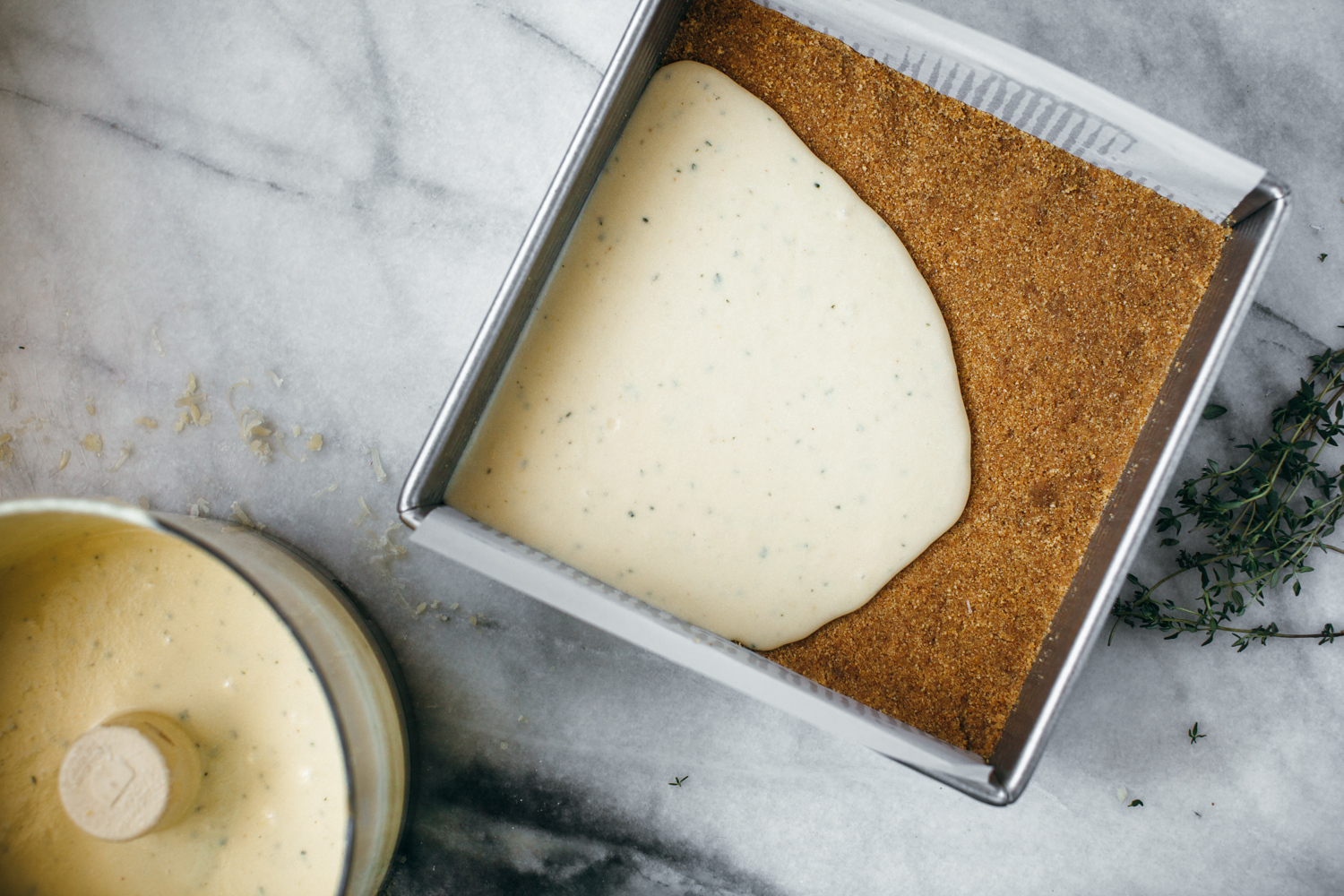

I rode one at Honolua Bay that I’ll always remember. The wave lines up perfectly like one of my other favorite waves, Rincon. PM What’s your favorite wave in the world? Pepe wasn’t much older than I was, so I thought, “If he can surf like this, so can I!” It was a very emotional moment for me because it was another challenge. I watched him paddle out into the violent sea and surf with a kind of casual grace I hadn’t seen before. It turned out that it was my brother Rolls’ friend Pepe Lopes, one of Brazil’s first big-wave riders. Then I noticed a skinny kid with long hair standing at the water’s edge with a red surfboard.

Nobody was surfing because it was giant, windy, and out of control. RG When I was 15, I went to the beach on a stormy day. PM Who was the first surfer who really made an impression on you? The ocean either gives me the energy that I need or takes away the excess energy that I don’t need.

If I’m tired and I go into the ocean, it energizes me. If I’m tense and I go into the ocean, I come out relaxed. The sea has always been a great equalizer for me. You have to flow with it, remain calm, and navigate your way in and out of incredibly complex situations. My dad calmed everyone down and said, “Okay, we have to swim back in.” Without a moment’s hesitation, we all put our heads down, started swimming, and made it back to shore without a problem.Īt a young age, I realized that the sea was a place where I could test myself, push my limits, and grow. Just when we could see the statue, the inner tube sprang a leak and began to piss out all its air. My dad said, “Boys, today we’ll go see Christ.” He towed us so far out that we saw over the buildings that blocked the view of the hundred-foot-tall statue of Jesus above Rio. One of my earliest memories is from when I was 4. Each time, he took us a little farther out. My dad used to have us hold on to an inner tube and tow us out to sea. When the Gracies went to the beach, we didn’t just build sandcastles. First I rode foam inflatable surf mats, then Styrofoam boards, and then borrowed my brothers’ single-fins. My family always went to the beach, and I always loved the ocean. RG The apartment where I grew up was in front of Copacabana. PM Where and when did you first learn to surf? Surfing, too, has lended its own perspectives to his overall ideology. In between lessons, I caught up with him to discuss his surfing life.įrom kid in the Rio shorebreak to global icon to master teacher: After a lifetime of fighting, today Rickson’s focus is centered on his family and spreading the lessons bound up in his name, on that mat and in life. Today, despite ruptured discs in his back, Gracie travels the world spreading the gospel of jiujitsu. Rather, he carries himself as a Socratic teacher whose dialectic is both physical and mental and who, in order to have faith in his own pedagogy, fought. Rickson, however, doesn’t see himself as a gladiator. The term “mixed martial arts” conjures images of swollen monsters brawling in metal cages to adrenaline-inducing music in front of millions of pay-per-view fans. After American wrestling icon and Olympic gold medalist Mark Schultz lost twice to the Brazilian in a private closed-door match, he said simply, “Rickson was the best fighter I’d ever seen.” While he is regularly placed beside sporting greats such as Michael Jordan and Wayne Gretzky, more-accurate comparisons would be to dancer Rudolf Nureyev or Spanish bullfighter Manolete.
#Helio gracie rolling professional
He went undefeated from the late 1970s through his final professional fight, in the Tokyo Dome in 2000, amassing hundreds of victories in the street, on the mat, in the ring, and at the beach. Rickson was born in 1958 in Rio de Janeiro, Brazil, as the fourth son of jiujitsu pioneer Hélio Gracie. As such, skill in the water was as important to them as skill on the mats. Heavily tattooed, heavy attitudes,” says Hawiian surfer Leonard Brady of the scene.Īs a lifelong surfer himself, Rickson’s classes naturally attracted those with similar inclinations and were socially divided into fighters who surfed, surfers who fought, and non-surfing fighters. “The class would fill in like a prison yard at workout time. Most were men of action who used physical force in their daily occupations.

These were not MMA ’roid boys or Fight Club weirdos. Dangerous men from all over the world flocked to the windowless facility. Although the Earps were long dead, Rickson Gracie and his brothers kept their spirit-and a Brazilian version of the Bushido code-alive on Pico Boulevard. During the early 1990s, there was a modern-day version of the O.K.


 0 kommentar(er)
0 kommentar(er)
